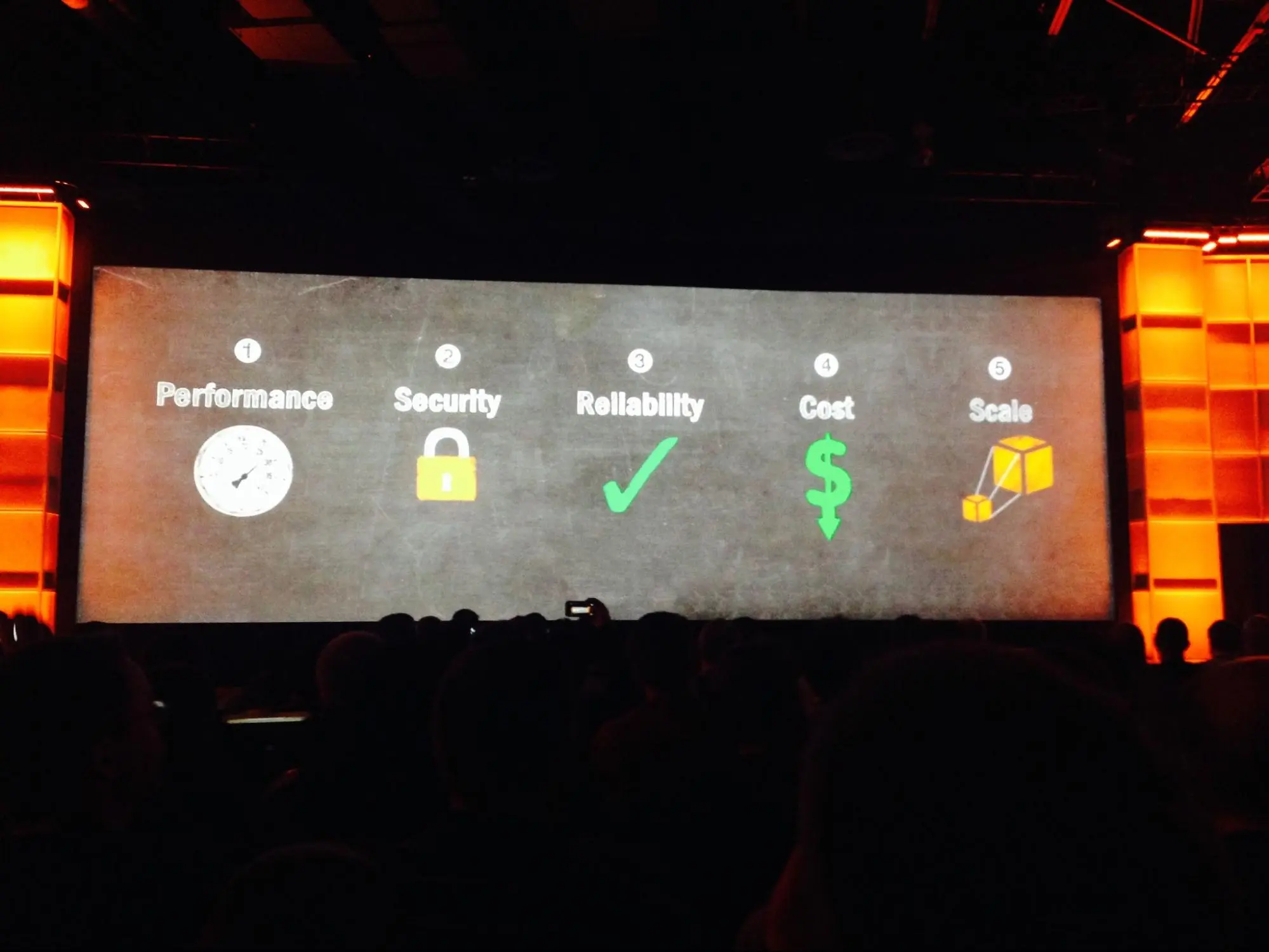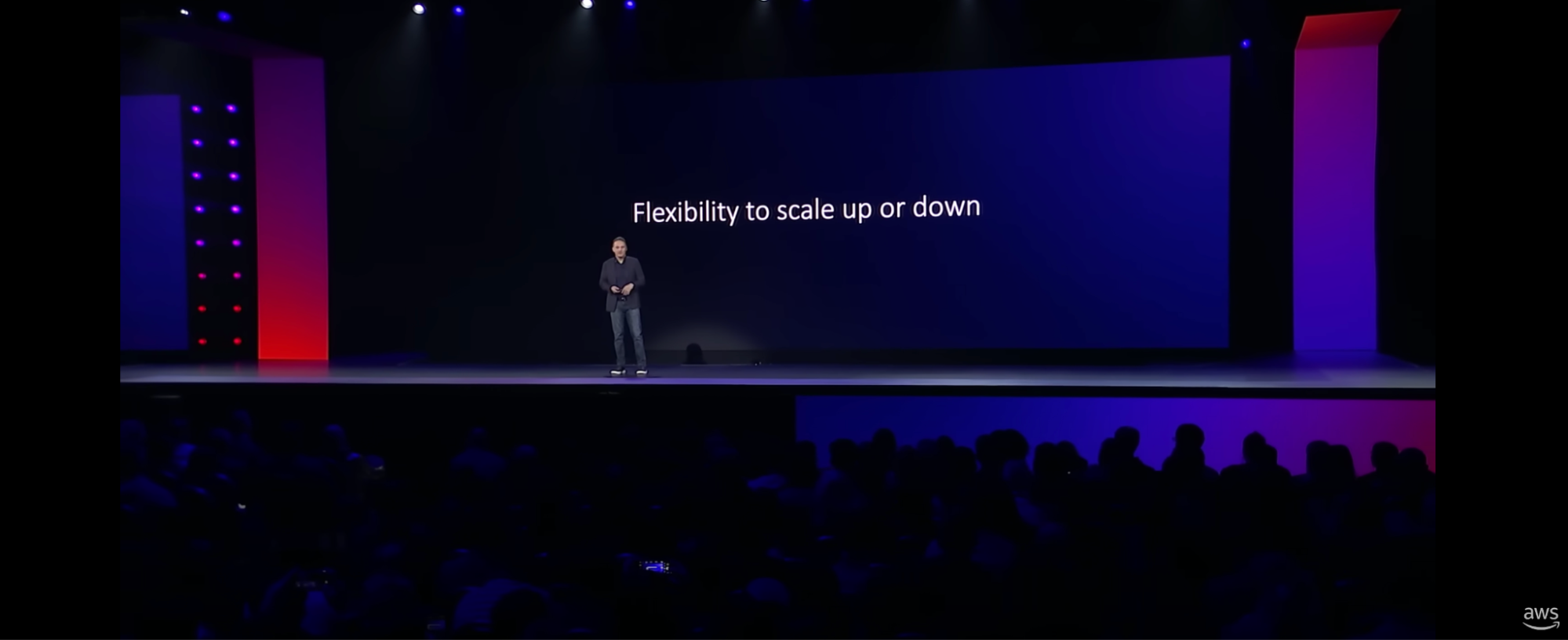It’s cloud earnings week this week for AWS, GCP, and Azure, and I have already heard the pundits warming up the hot takes. Some are even asking if this could be the end of the cloud.
My advice to you: Don’t be that person unless you enjoy being horribly wrong.
No, I’m not saying that when AWS, Azure, and GCP report their growth that it’s going to be anything different than what we expect. I think that cloud revenue across all three will be flat or down overall, with AWS taking the biggest hit with ~15% y/y growth, down from 37% growth a year ago.
There’s no doubt this is going to set some analysts on fire, but my take is a lot more optimistic.
I think this is a good thing — hear me out.
The Mixed Blessing Of Elasticity
One of the things that makes the cloud great is elasticity. AWS has built one of the most elastic and scalable cloud platforms on the planet, and its growth numbers prove it.
But elasticity isn’t just about scaling up. It’s also about scaling down — just ask Netflix, or Peloton, or Airbnb, or practically any AWS customer who found themselves in a post-pandemic cost-cutting panic this past year.
Our industry must celebrate that cloud revenue will ebb and flow with the economy. It’s a testament to the central place that the cloud has carved out in the modern world.
The reduction in cloud spend we’ve seen in the last six months is one of its greatest success stories: That’s money that would have otherwise fed the always-on data center, which, despite all the grumbling about “cloud waste” every year, has never approached the efficiency of the cloud.
Why did we stop talking about this?
A Decade Of Re:Invention
In 2013 at AWS re:Invent, I took this picture as Werner Vogels spoke passionately about the benefits of the cloud.

AWS re:Invent 2013 – Werner Vogels Keynote
The next year, the good times were flowing freely, and AWS had stopped talking about costs. A chart like 2013’s was nowhere to be seen.

Yours truly with Werner at AWS re:Invent 2014, the age of inflated expectations
Fast forward to 2022, however, and suddenly we were back to talking about cost and what concept was front and center for efficiency. “If you are looking to tighten your belt, the cloud is the place to do it,” said AWS’s CEO Adam Selipsky in his 2022 re:Invent keynote.
Our old friend, elasticity, even got a shoutout from Adam with the more friendly phrase, “Flexibility to scale up or down.”

AWS re:Invent 2022, Scale up or down, the cloud’s superpower
Adam spent the first section of his keynote speech talking about how companies can get efficient in the cloud, specifically speaking about how Airbnb leveraged the elasticity superpower to save $63.5 million in cloud spend without sacrificing innovation as the economy cycled through its ups and downs. Then, Adam moved on, and we didn’t hear much more about it.
It’s easy to celebrate the elasticity of the cloud in a period of industry-wide hypergrowth. It’s easy to bemoan that same elasticity in a period of contraction.
But regardless of external economic conditions, the cloud’s one essential truth rings as true as ever: Elasticity is better than inelasticity. Fast innovation is better than waiting around for a truckload of servers. The cloud lets you build fast, test fast, fail fast, iterate; buy what you need, scale up, and yes, scale down.
Cost Visibility: Armor Against Wild Cost Fluctuations
This earnings season, we need to stop and reflect on all of this in earnest. While it is absolutely true that almost all companies could be running more efficiently than they do today, the more worrying thing to me is that many of them are wondering if this cloud thing was all a mistake.
The real mistake is that we’ve stopped talking about how we are building when we talk about cost. Is your cloud bill out of control? Well, have you stopped to consider you might have built your infrastructure wrong?
Every time an engineer spins up a new resource, it incurs a new cost. Every cloud engineering decision is a buying decision — including the decision to keep using yesterday’s architecture — and the promise of efficiency in the cloud should be even more alive today than it was in 2013. We have to start talking about it again, and this is where we as an industry have to do better.
This earnings season, let’s rejoice in the great cloud scaledown of 2023 and the power of cloud elasticity. Before we get ready to celebrate the great cloud scaleup of 2024, let’s get comfortable thinking differently about how we build and demand to see cost-efficiency emerge as a key property of cloud computing and a part of the conversation at AWS re:Invent 2023.








